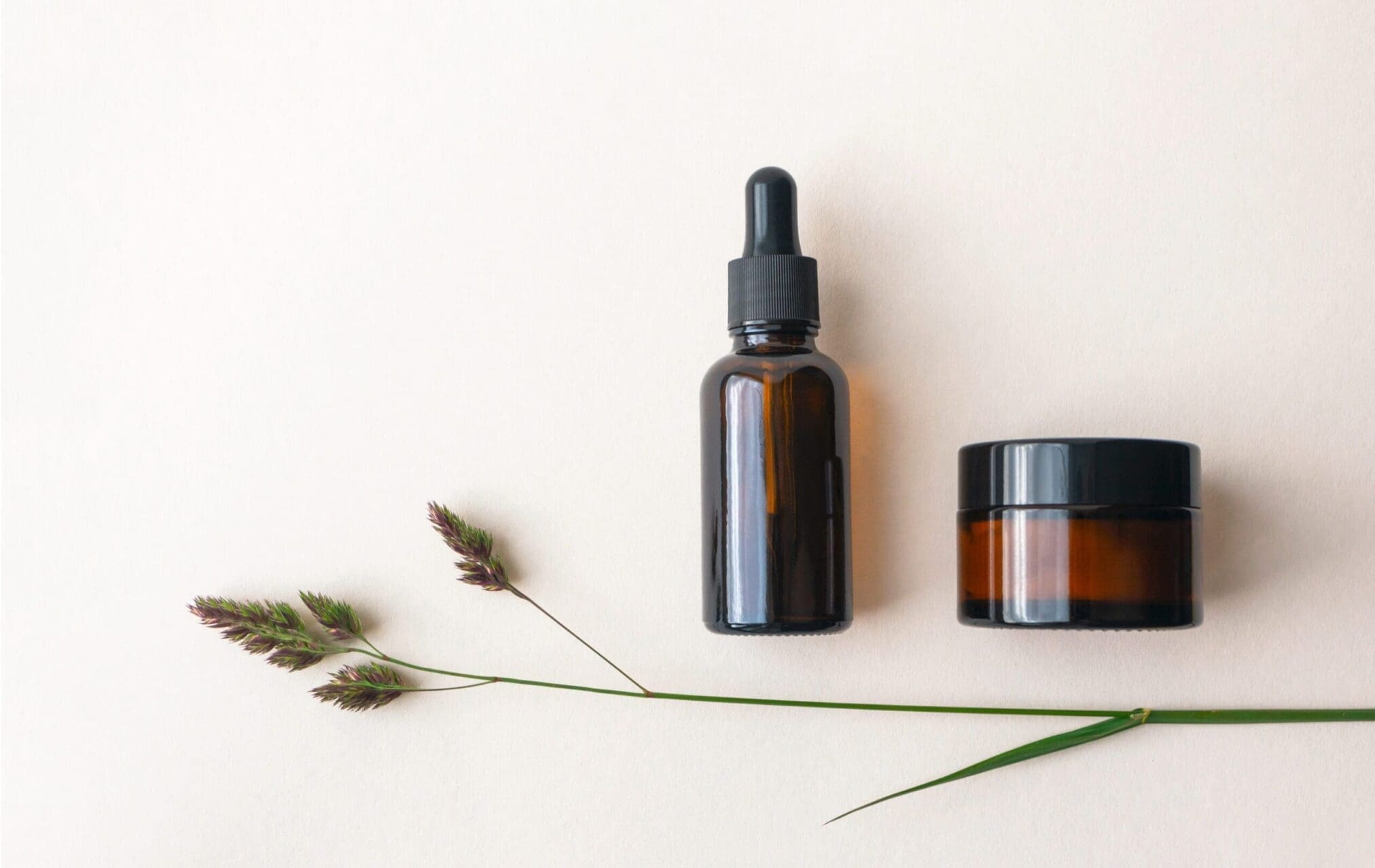On October 22, 2015 the European Commission Standing Committee voted to approve the use of Zinc Oxide (ZnO) as a UV filter in beauty products, in its nano and non-nano form. The Annex VI to the Cosmetic Regulation EC 1223/2009 will be updated accordingly, probably in early 2016.
Scientific background
UV (ultraviolet) filters in sun protection products are the active ingredients that prevent ultraviolet light from getting through to the skin, by reflecting, dispersing and converting it into heat. Only UV filters listed in the Annex VI of the Cosmetic Regulation EC 1223/2009 are allowed in cosmetics products that are intended to be placed on the European beauty products market.
Several steps led to the approval of Zinc Oxide as a UV filter:
- SCCNPF Opinion 0649/2003: More information is needed to enable a proper safety evaluation of micronized Zinc Oxide for use as a UV filter in cosmetics products;
- SCCS Statement 0932/2005: The safety dossier requested has not been provided. The safety of the consumer when using this product remains to be assessed. The attention of the European Commission and the Member States has been drawn to this;
- SCCP Clarification 1215/2009: The use of ZnO in its non-nano form (pigment grade, with particle sizes above 100 nm) can be considered safe;
- SCCS Opinion 1489/2012: The use of ZnO nanoparticles at a concentration of up to 25% as a UV filter in sunscreen products can be considered not to pose a risk of causing adverse effects in humans after dermal application. Nevertheless, this does not apply to spray applications that might lead to exposure of the consumer’s lungs to ZnO nanoparticles by inhalation.
Other ingredients in discussion
During the same meeting, the European Commission’s Standing Committee also voted on other ingredients to be used by the beauty products industry:
- The ingredient Potassium hydroxide (KOH), for use in cosmetics products that remove or soften calluses, has been approved;
- Trimethylbenzoyl diphenylphosphine oxide (TPO), an ingredient used in nail modeling products, classified as carcinogenic, mutagenic or reprotoxic (CMR), has been previously assessed as being safe with the Opinion SCCS/1528/14. The European Commission concluded that this ingredient can be considered safe for use in nail modeling products but only for professional use;
- The Quaternium-15, classified as CMR and banned in beauty products, has been removed from the list of authorized preservatives according to the Annex V to the Cosmetics Regulation EC 1223/2009;
- Following the SCCS assessment, concentration limits for use of the substance diethylene glycol monoethyl ether (DEGEE) have been identified.
Next steps
The decision, welcomed by the cosmetics industry and their designated Responsible Persons, makes Zinc Oxide one of the widest accepted UV filters in global formulations.
The beauty industry will closely follow the developments of the Scientific Committee on Consumer Safety Opinions and European Commission Meetings to ensure their product regulatory compliance with product safety regulations.
If you want to know more about regulatory compliance requirements and regulatory compliance services, please contact us.


